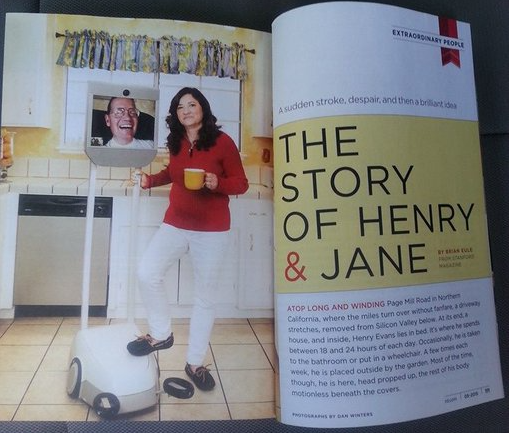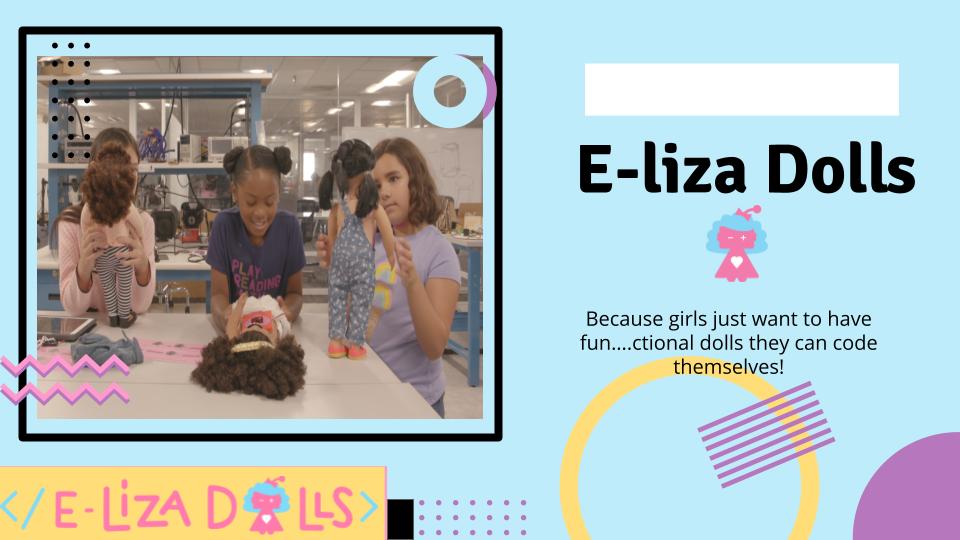#329: Robots-as-a-Service, with Afshin Doust
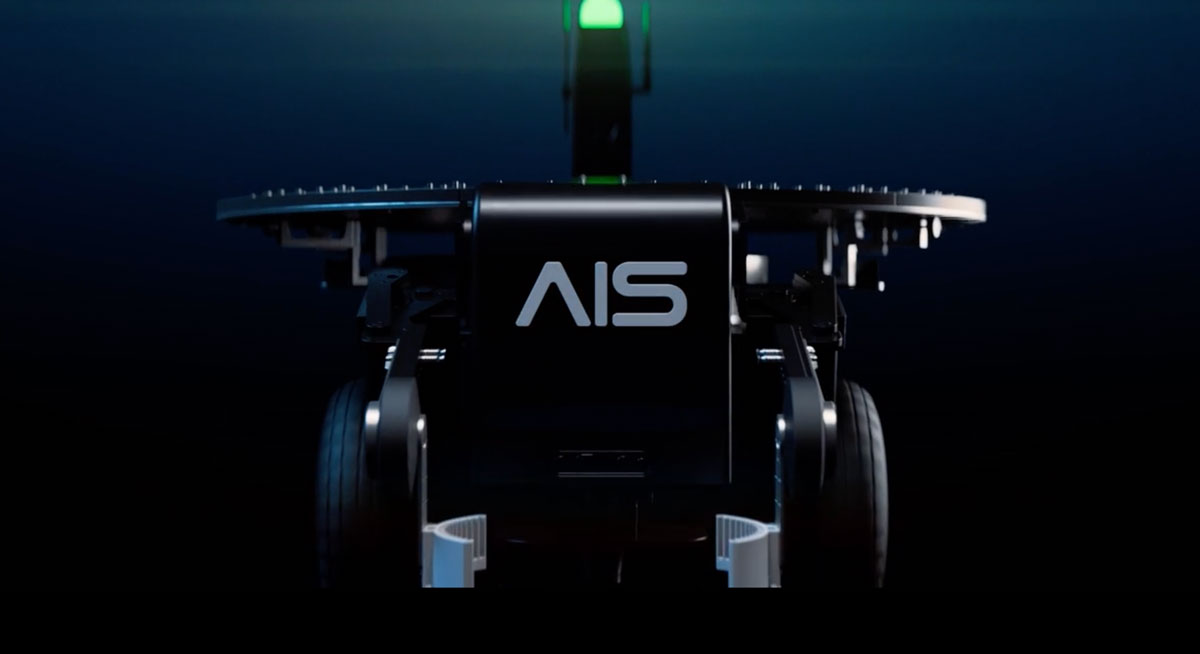
In this episode, Lilly interviews Afshin Doust, CEO of Advanced Intelligent Systems. Doust explains the company’s modular, robots-as-a-service subscription business model. They discuss robotic solutions for the agricultural industry, disinfecting robots to combat COVID19, and other exciting new developments at AIS.
 Afshin Doust
Afshin Doust
Afshin Doust is the Chief Executive Officer of Advanced Intelligent Systems (AIS). He is a seasoned entrepreneur with professional experience in finance, sales, business consulting, and strategic management with a keen interest in assembling teams to resolve business challenges. Afshin took the role of CEO at AIS in 2016, with the goal to lead the team towards the vision of creating innovations in autonomous robotic solutions for a wide range of applications.
Links
- AIS Press: COVID-19 Robots
- Download mp3 (16.0 MB)
- Subscribe to Robohub using iTunes, RSS, or Spotify
- Support us on Patreon
#329: Robots-as-a-Service, with Afshin Doust

In this episode, Lilly interviews Afshin Doust, CEO of Advanced Intelligent Systems. Doust explains the company’s modular, robots-as-a-service subscription business model. They discuss robotic solutions for the agricultural industry, disinfecting robots to combat COVID19, and other exciting new developments at AIS.
 Afshin Doust
Afshin Doust
Afshin Doust is the Chief Executive Officer of Advanced Intelligent Systems (AIS). He is a seasoned entrepreneur with professional experience in finance, sales, business consulting, and strategic management with a keen interest in assembling teams to resolve business challenges. Afshin took the role of CEO at AIS in 2016, with the goal to lead the team towards the vision of creating innovations in autonomous robotic solutions for a wide range of applications.
Links
- AIS Press: COVID-19 Robots
- Download mp3 (16.0 MB)
- Subscribe to Robohub using iTunes, RSS, or Spotify
- Support us on Patreon
AI-powered SORT systems in E-Commerce Fulfillment
Robots4Humanity in next Society, Robots and Us
Speakers in tonight’s Society, Robots and Us at 6pm PST Tuesday Feb 23 include Henry Evans, mute quadriplegic and founder of Robots4Humanity and Aaron Edsinger, founder of Hello Robot. We’ll also being talking about robots for people with disabilities with Disability Advocate Adriana Mallozi, founder of Puffin Innovations and Daniel Seita, who is a deaf roboticist. The event is free and open to the public.
As a result of a sudden stroke, Henry Evans turned from being a Silicon Valley tech builder into searching for technologies and robots that would improve his life, and the life of his family and caregivers, as the founder of Robots4Humanity. Since then Henry has shaved himself with the help of the PR2 robot, and spoken on the TED stage with Chad Jenkins in a Suitable Tech Beam. Now he’s working with Aaron Edsinger and the Stretch Robot which is a very affordable household robot and teleoperation platform.
We’ll also be hearing from Adriana Mallozi, Disability Advocate and founder of Puffin Innovations which is a woman-owned assistive technology startup with a diverse team focused on developing solutions for people with disabilities to lead more inclusive and independent lives. The team at Puffin Innovations is dedicated to leveling the playing field for people with disabilities using Smart Assistive Technology (SAT). SAT incorporates internet of things connectivity, machine learning, and artificial intelligence to provide maximum access with the greatest of ease. By tailoring everything they do, from user interfaces to our portable, durable, and affordable products, Puffin Innovations will use its Smart Assistive Technology to provide much needed solutions the disabled community has been longing for.
This continues our monthly exploration of Inclusive Robotics from CITRIS People and Robots Lab at the Universities of California, in partnership with Silicon Valley Robotics. On January 19, we discussed diversity with guest speakers Dr Michelle Johnson from the GRASP Lab at UPenn, Dr Ariel Anders from Women in Robotics and first technical hire at Robust.ai, Alka Roy from The Responsible Innovation Project, and Kenechukwu C. Mbanesi and Kenya Andrews from Black in Robotics, with discussion moderated by Dr Ken Goldberg, artist, roboticist and Director of the CITRIS People and Robots Lab, and Andra Keay from Silicon Valley Robotics.
You can see the full playlist of all the Society, Robots and Us conversations on the Silicon Valley Robotics youtube channel.
A robot that allows users to virtually navigate remote environments
Precision Motion Control Enables Automation
How to build a robotics startup: the product idea
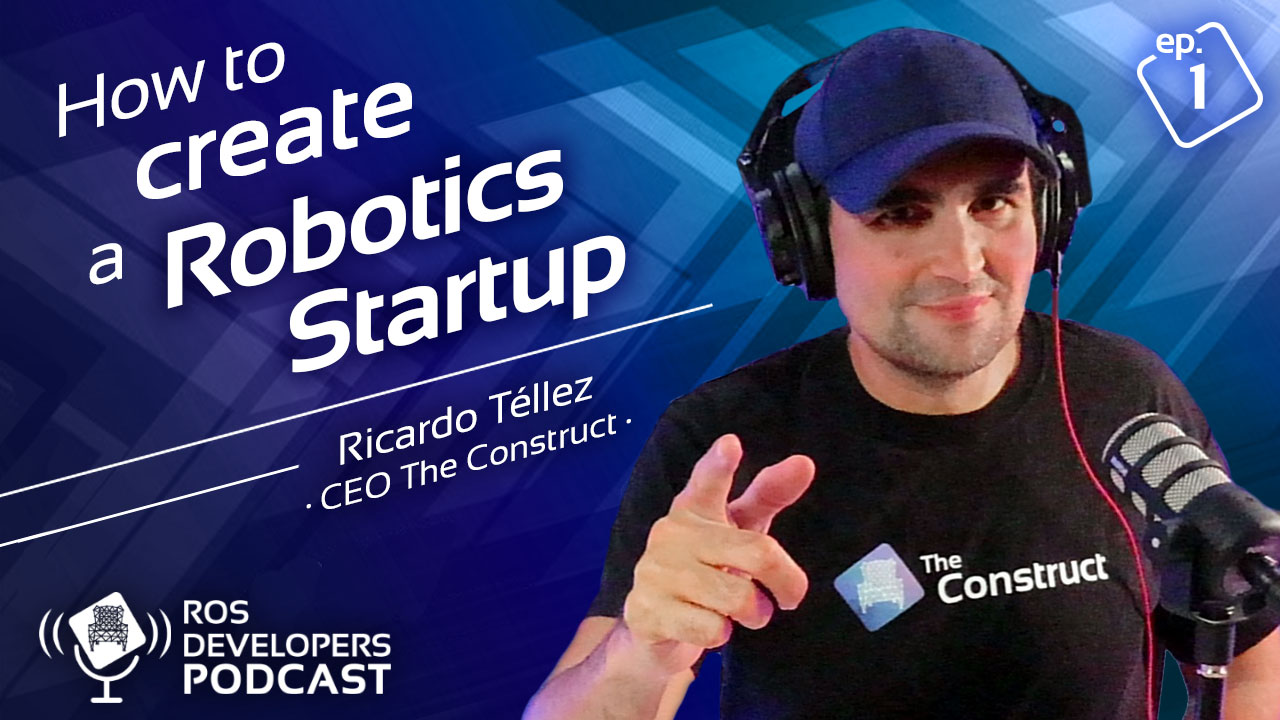
In this podcast series of episodes we are going to explain how to create a robotics startup step by step.
We are going to learn how to select your co-founders, your team, how to look for investors, how to test your ideas, how to get customers, how to reach your market, how to build your product… Starting from zero, how to build a successful robotics startup.
I’m Ricardo Tellez, CEO and co-founder of The Construct startup, a robotics startup at which we deliver the best learning experience to become a ROS Developer, that is, to learn how to program robots with ROS.
Our company is already 5 years long, we are a team of 10 people working around the world. We have more than 100.000 students, and tens of Universities around the world use our online academy to provide the teaching environment to their students.
We have bootstrapped our startup, but we also (unsuccessfully) tried getting investors. We have done a few pivots and finally ended at the point that we are right now.
With all this experience, I’m going to teach you how to build your own startup. And we are going to go through the process by creating ourselves another startup, so you can see in the path how to create your own. So you are going to witness the creation of such robotics startup.
This episode is about deciding the product your startup will produce.
Related links
- Why robotics startups fail, document made by Fresh
- Jibo robot
- Cozmo robot
- Baxter robot
Subscribe to the podcast using any of the following methods
- ROS Developers Podcast on iTunes
- ROS Developers Podcast on Stitcher
- ROS Developers Podcast on Spotify
Or watch the video
The post 89. How to build a robotics startup: the product idea appeared first on The Construct.
The appearance of robots affects our perception of the morality of their decisions
Back to Robot Coding part 2: the ethical black box
In the last few days I started some serious coding. The first for 20 years, in fact, when I built the software for the BRL LinuxBots. (The coding I did six months ago doesn’t really count as I was only writing or modifying small fragments of Python).
My coding project is to start building an ethical black box (EBB), or to be more accurate, a module that will allow a software EBB to be incorporated into a robot. Conceptually the EBB is very simple, it is a data logger – the robot equivalent of an aircraft Flight Data Recorder, or an automotive Event Data Recorder. Nearly five years ago I made the case, with Marina Jirotka, that all robots (and AIs) should be fitted with an EBB as standard. Our argument is very simple: without an EBB, it will be more or less impossible to investigate robot accidents, or near-misses, and in a recent paper on Robot Accident Investigation we argue that with the increasing use of social robots accidents are inevitable and will need to be investigated.
Developing and demonstrating the EBB is a foundational part of our 5-year EPSRC funded project RoboTIPS, so it’s great to be doing some hands-on practical research. Something I’ve not done for awhile.
Here is a block diagram showing the EBB and its relationship with a robot controller.

As shown here the data flows from the robot controller to the EBB are strictly one way. The EBB cannot and must not interfere with the operation of the robot. Coding an EBB for a particular robot would be straightforward, but I have set myself a tougher goal: a generic EBB module (i.e. library of functions) that would – with some inevitable customisation – apply to any robot. And I set myself the additional challenge of coding in Python, making use of skills learned from the excellent online Codecademy Python 2 course.
There are two elements of the EBB that must be customised for a particular robot. The first is the data structure used to fetch and save the sensor, actuator and decision data in the diagram above. Here is an example from my first stab at an EBB framework, using the Python dictionary structure:
Whether a dictionary is the best way of doing this I’m not 100% sure, being new to Python (any thoughts from experienced Pythonistas welcome).
The idea is that all robot EBBs will need to define a data structure like this. All must contain the first field “robot”, which names the robot’s type, its version number and serial number. Then the following fields must use keywords from a standard menu, as needed. As shown in this example each keyword is followed by a list of placeholder values – in which the number of values in the list reflects the specification of the actual robot. The ePuck robot, for instance, has 2 motors and 8 infra-red sensors.
The final field in the data structure is “decisionCode”. The values stored in this field would be both robot and applications specific; for the ePuck robot these might be 1 = ‘stop’, 2 = ‘turn left’, 3 = ‘turn right’ and so on. We could add another value for a parameter, so the robot might decide for instance to turn left 40 degrees, so “decisionCode” : [2,40]. We could also add a ‘reason’ field, which would save the high-level reason for the decision, as in “decisionCode” : [2,40,”avoid obstacle right”] noting that the decision field could be a string as shown here, or a numeric code.
As I hope I have shown here the design of this data structure and its fields is at the heart of the EBB.
The second element of the EBB library that must be written for the particular robot and application, is the function which fetches data from the robot
How this function is implemented will vary hugely between robots and robot applications. For our Linux enhanced ePucks with WiFi connections this is likely to be via a TCP/IP client-server, with the server running on the robot, sending data following a request from the client getRobotData(ePuckspec). For simpler setups in which the EBB module is folded into the robot controller then accessing the required data within getRobotData() should be very straightforward.
The generic part of the EBB module will define the class EBB, with methods for both initialising the EBB and saving a new data record to the EBB. I will cover that in another blog post.
Before closing let me add that it is our intention to publish the specification of the EBB, together with the model EBB code, once it had been fully tested, as open source.
Any comments or feedback would be much appreciated.
Link to the original post here.
How Robots Are Revolutionizing the Life Sciences Lab
Chatty robot Franzi cheers up German patients
6 Ways to Use a Bottomless Conveyor
Introducing Eliza Kosoy; E-liza Dolls
 Eliza Kosoy is a Ph.D Student at UC Berkeley. She studied mathematics in college and then worked for Prof. Joshua Tenenbaum at MIT in his computational cognitive science lab. She then started on a Ph.D at UC Berkeley working with Professor Alison Gopnik in 2018. She is most proud of receiving funding and winning an innovation prize that catalyzed her business! Her startup is called E-liza Dolls. They are 18’’ electronic “liza” dolls that introduce young girls to coding and hardware in a fun way!
Eliza Kosoy is a Ph.D Student at UC Berkeley. She studied mathematics in college and then worked for Prof. Joshua Tenenbaum at MIT in his computational cognitive science lab. She then started on a Ph.D at UC Berkeley working with Professor Alison Gopnik in 2018. She is most proud of receiving funding and winning an innovation prize that catalyzed her business! Her startup is called E-liza Dolls. They are 18’’ electronic “liza” dolls that introduce young girls to coding and hardware in a fun way!
She chose this topic because as a woman in STEM she couldn’t help but feel the gender and racial divide and discrepancies in the hard sciences. With her background in child development, it only made sense that it’s best to expose children to these concepts early on so they will be embedded into their hypothesis space as they develop. The hardest challenge for her is “Soldering Errors” and when tiny components fall off without notice.
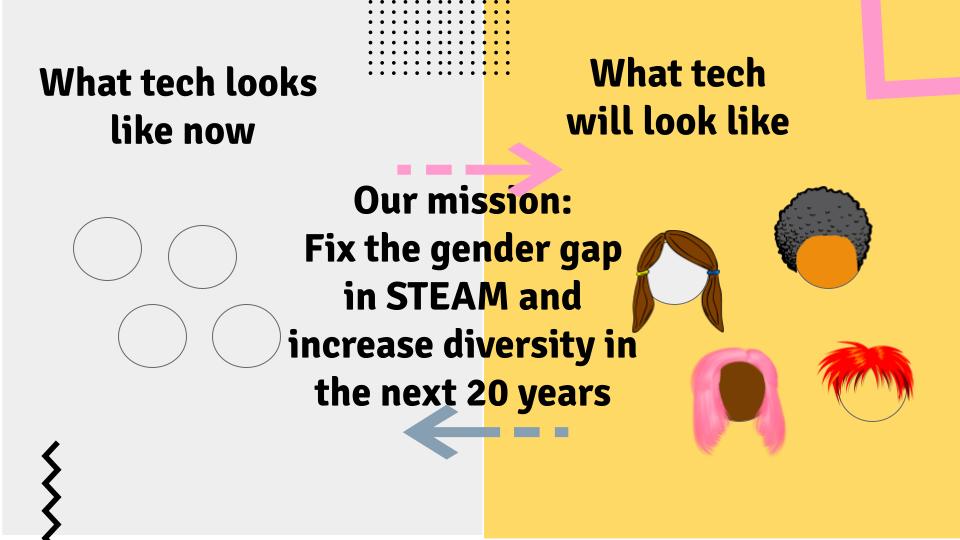
E-liza Dolls Kickstarter will open very soon in March 2021 We’ll update this post the moment it goes live!
Roboticists in Residence is a Silicon Valley Robotics initiative that provides free studio space and support for creative artists and engineers making a difference, whether it’s modding a Tesla with all the conveniences of the Victorian era or adding to the ROS2 navigational stack. For more information and updates from our Roboticists in Residence
